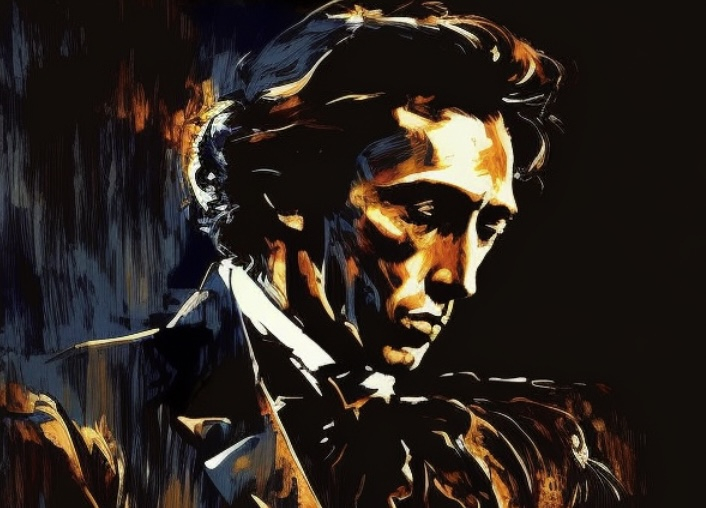Nocturne in C-sharp Minor - Frederic Chopin

Nocturne in C-sharp Minor, composed by the great Polish composer Frederic Chopin, is one of the most iconic pieces in the classical music repertoire. The song was composed in the 1830s and first published in 1849. It has remained widely beloved and widely performed for more than a century-and-a-half; praised for its powerful emotional appeal and intricate lyrical structure.
Musical Style
Nocturne in C-sharp Minor is in the style of a classical romantic era nocturne, with a haunting and foreboding, yet melancholic melody. The song is played in a slow tempo and is a single voice, solo piano piece. Its melody and mood evoke feelings of emotional depth and longing. The harmonic progression of the song is also quite distinctive, with its change of key between minor and major chords and its use of chromatic scales in various places in the piece.
Influence
Nocturne in C-sharp Minor has been one of Chopin’s most influential compositions, becoming even more widely known after it was featured in the 1960 French horror film Les Diaboliques. Many other composers have been inspired to write music in the same style and with a similar emotional flavor. The song has also been included in several more modern popular pieces, such as the 1989 song “Portrait of Tracy” by Weather Report.
Analysis
Nocturne in C-sharp Minor is an exceptionally well crafted piece of music. The song begins with an introduction that gradually builds intensity before giving way to a main motif which is repeated several times throughout the song. The melody and accompaniment are expertly arranged to create a sense of constant tension and rising energy which is then released and finally calmed with a peaceful Coda. Chopin's use of chromatic scales and modal interchange helps to create a feeling of intense longing and emotion.
Significance
Nocturne in C-sharp Minor is one of Chopin’s most enduring compositions. Its emotional depth and haunting melodies have been appreciated by music lovers for generations. It has remained among the most enduring pieces in classical music and continues to be performed by pianists throughout the world. Though it is a simple, single voice solo piano piece, the song has remained an inspiring influence on many composers, and it continues to evoke strong emotions from those who hear it.
Publication date: 17. 02. 2023


